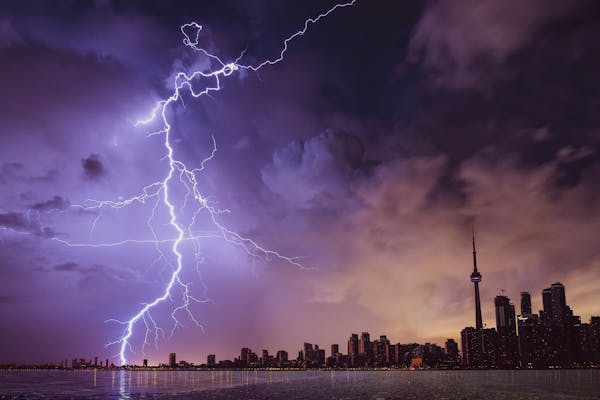Electrical lighting sorts refer to the various technology and designs used to create synthetic light for different purposes. Here are a number of the primary types of electrical lights generally used in residential, business, and outside applications:

Emergency Lighting
Description: Lights that automatically turn on in the course of a electricity outage to provide visibility and safety, generally utilized in commercial and business buildings.
Pros: Ensures safety in emergencies, critical for building codes.
Cons: Requires regular testing and protection.
Each of these electrical kinds serves extraordinary purposes and is derived with particular benefits and drawbacks. The preference of its fixtures commonly depends on the favored impact, electricity performance, lifespan, and price considerations.
Incandescent Lighting
Description: Traditional lights that uses a filament heated via an electric powered present day to provide mild.
Pros: Affordable, warm light.
Cons: Less power-efficient, shorter lifespan.
Fluorescent Lighting
Description: Uses a gasoline discharge system in which electricity excites mercury vapor, producing ultraviolet light that then fluoresces on a phosphor coating inside the tube.
Pros: Energy-green, longer lifespan as compared to incandescent bulbs.
Cons: Contains small quantities of mercury, can flicker, no longer as heat in tone.
LED Lighting (Light Emitting Diode)
Description: A particularly strength-green lights fixtures generation that makes use of semiconductors to convert energy into mild.
Pros: Extremely strength-efficient, long lifespan, available in diverse shade temperatures, low warmth emission.
Cons: Higher prematurely value (even though less expensive over time due to low electricity intake).
Halogen Lighting

Description: A sort of incandescent bulb however with a halogen gasoline added inside the bulb to improve efficiency and enlarge its lifespan.
Pros: Bright, exquisite light, more energy-efficient than conventional incandescent.
Cons: Still less efficient than LEDs, produces extra heat.
CFL Lighting (Compact Fluorescent Lamp)
Description: A smaller, greater compact version of traditional fluorescent lighting. These use a comparable gasoline discharge method but in a compact form.
Pros: Energy-green, longer lifespan than incandescent bulbs.
Cons: Contains mercury, takes time to attain complete brightness, can flicker.
HID Lighting (High-Intensity Discharge)
Description: A class of its fixtures that consists of steel halide, excessive-pressure sodium, and mercury vapor lamps. It works by using passing electrical contemporary thru an ionized gas, developing light.
Pros: Very shiny, excessive performance, used for out of doors and industrial packages.
Cons: Takes time to warm up, high warmness production, and can be luxurious to operate long-term.
OLED (Organic Light Emitting Diode)
Description: Uses an organic compound to emit light whilst electricity is implemented. OLED panels are skinny and flexible.
Pros: Thin, bendy, and energy-efficient. Provides diffused, soft lights.
Cons: Still tremendously new, costly, and no longer as extensively available.
Description: It’s structures that can be managed thru telephone apps, voice assistants, or automation systems.
Pros: Convenient, customizable, power-saving with features like dimming, color adjustments, and scheduling.
Cons: Higher initial value, requires well suited gadgets or networks.
Nine.
Neon Lighting

Description: Uses neon gasoline to provide brilliant, colorful lighting, usually visible in signage and ornament.
Pros: Very colorful and vibrant, lengthy-lasting.
Cons: Less strength-efficient, fragile, steeply-priced to install.
